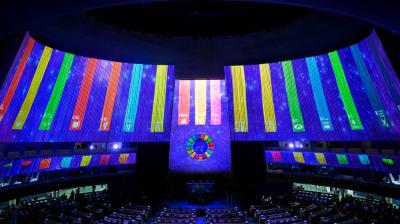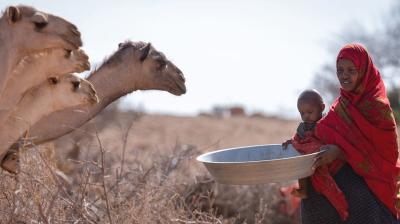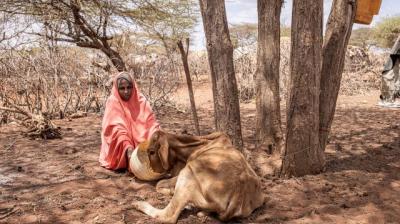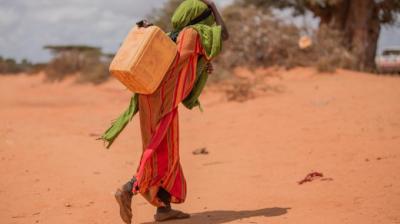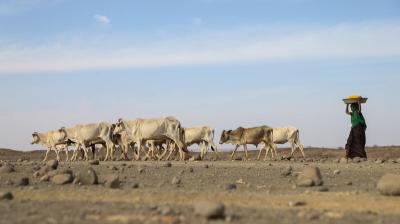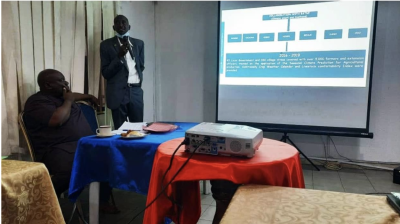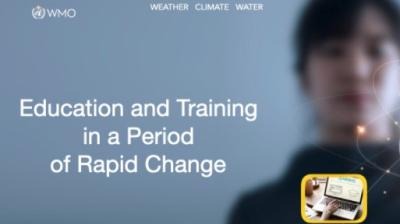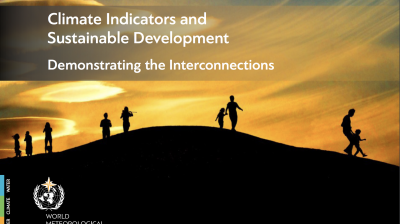Catastrophic consequences of Horn of Africa drought will continue in 2023
Catastrophic consequences of the multi-year drought will continue in 2023 in the Horn of Africa, leaving communities in urgent need of assistance. Seasonal forecasts suggest a reasonable chance that the upcoming March–May rains will again underperform.
Should this happen, it would be an unprecedented sixth poor season, according to a new joint statement by meteorological agencies including WMO and humanitarian partners.

Catastrophic consequences of the multi-year drought will continue in 2023 in the Horn of Africa, leaving communities in urgent need of assistance. Seasonal forecasts suggest a reasonable chance that the upcoming March–May rains will again underperform. Should this happen, it would be an unprecedented sixth poor season, according to a new joint statement by meteorological agencies and humanitarian partners.
WMO is one of the 15 signatories of the joint statement, which says that communities will need years to recover from this historically severe drought. It calls for a sustained “no regrets” humanitarian efforts.
The Horn of Africa is facing an unprecedented, three-year drought, with catastrophic humanitarian impacts. The occurrence of another poor rainy season between March–May 2023, as forecast by some meteorological agencies, would have devastating consequences for communities.
A more detailed seasonal forecast for the March to May rainy season will be provided by the Greater Horn of Africa Climate Outlook Forum on 22 February. This is organized by IGAD’s Climate Prediction and Applications Centre (ICPAC), which is a WMO regional climate centre. The forum brings together climate scientists, researchers, users from key socio-economic sectors, governmental and non-governmental organizations, development partners, decision-makers, media, and civil society stakeholders.
WMO will issue its regular El Niño/La Niña and Global Seasonal Climate Update later this month.
Regardless of seasonal performance, humanitarian needs will remain high in 2023, and multi-sectoral assistance must be scaled up in order to save lives. The current drought began with the poor performance of the October–December 2020 rains and has since deepened with all four subsequent seasons also performing poorly.
The sheer scale, severity, and magnitude of suffering already observed means that the region will take many years to fully recover, says the joint statement.
For families who have lost all of their livestock, rebuilding herds will be a slow process, if possible at all. When the current drought started in 2020, for example, many pastoral areas had not yet recovered their herd sizes to baseline levels after the 2016/17 drought and have subsequently lost even more animals. Recovery in cropping zones will also be a challenge, as households have little to no resources left to invest in planting and will require livelihood support to restart activities when favorable rains eventually come.
Governments, humanitarian agencies and donors should assume that high multi-sectoral needs will persist, and possibly even increase in 2023. It is therefore imperative to take a “no regrets” response and act now to mitigate the deepening crisis.
Read the full statement here
- Region:
- Region I: Africa


